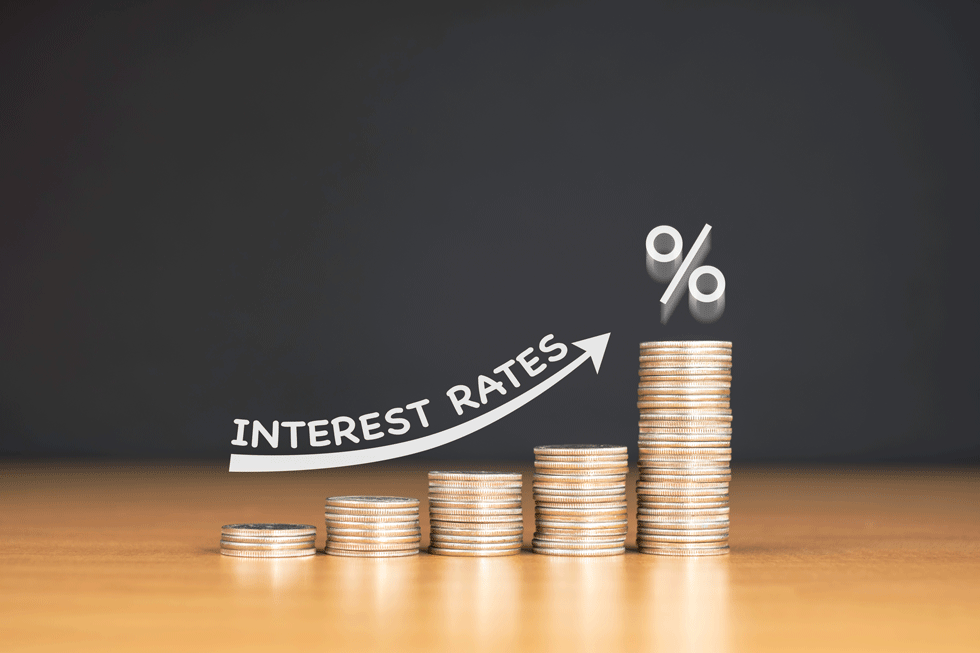

The cost of finance will rise significantly for Middle East borrowers in 2018 and 2019, a leading economist has warned.
Speaking at the Arabian Hotel Investment Summit 2018 (AHIC 2018) in Ras al-Khaimah, president of Global Success Advisers & MEA Business Group Nenad Pacek said that strong growth in the US will drive further interest rate increases over the coming 18 months, which would be mirrored in the Gulf.
“The US is doing well, growing at about 3 per cent a year, so interest rates are likely to increase by about 0.75 per cent in 2018, so the cost of capital in the region will rise in line with that,” he said. “And it will rise at least another 0.5 per cent in 2019.”
This will have an impact on the region as the cost of capital goes up and will impact consumer spending, which is also being hit by the introduction of VAT and energy subsidy cuts,” he said.
Pacek said that growth in the US and EU economies had been driven by quantitive easing programmes – increased government money supply and stimulus spending, which will come to an end over the coming year.
Looking east
Pacek said that the Middle East economies should focus on increasing business ties with the emerging Asian markets.
“A big source of income for tourism and hospitality in the region will come from the emerging Asian economies, because they are doing well,” he said. “So targeting Asian customers is a critical thing. That will be biggest source of income for years to come. Emerging Asia is growing at about 7 per cent. China at 6.8 per cent. India is bouncing back. They have big reserves and low debt.”
Oil prices
Pacek said that the most likely, long-term outlook for oil prices was for prices to stay at about $50-$55 a barrel, and warned regional governments and investors not to be misled by recent increases that have seen oil prices surge to about $72 a barrel.
He said these prices were being driven by financial sector speculation, rather than market supply and demand fundamentals. And, as consequence, prices could fall sharply over a very short time frame.
“Since 2004, oil prices [have not been] driven by supply and demand,” he said. “ They are driven by futures speculation. Every single commodity has been hijacked by hedge funds and financial institutions' speculation. It is a big casino. That is why fluctuations are so great. They react to news, rather than fundamentals. Based on real supply and demand, it should be about $50-$55 a barrel.”
“Today’s high price is brilliant for the US shale oil industry,” he said. ” It needs about $50 a barrel to break even. Today 805 oil rigs in the US produce the same output as 2,000 rigs three years ago. There have been huge increases in efficiency. This means that the US shale industry has the capability to keep a price ceiling on oil for many years to come. And we still have a global oversupply of oil.”
“So when oil is at $70 a barrel, don’t count on it staying there,” he said. “It can easily slip back to $50-$60 a barrel.”
You might also like...

TotalEnergies to acquire remaining 50% SapuraOMV stake
26 April 2024

Hyundai E&C breaks ground on Jafurah gas project
26 April 2024

Abu Dhabi signs air taxi deals
26 April 2024

Spanish developer to invest in Saudi housing
26 April 2024
A MEED Subscription...
Subscribe or upgrade your current MEED.com package to support your strategic planning with the MENA region’s best source of business information. Proceed to our online shop below to find out more about the features in each package.




